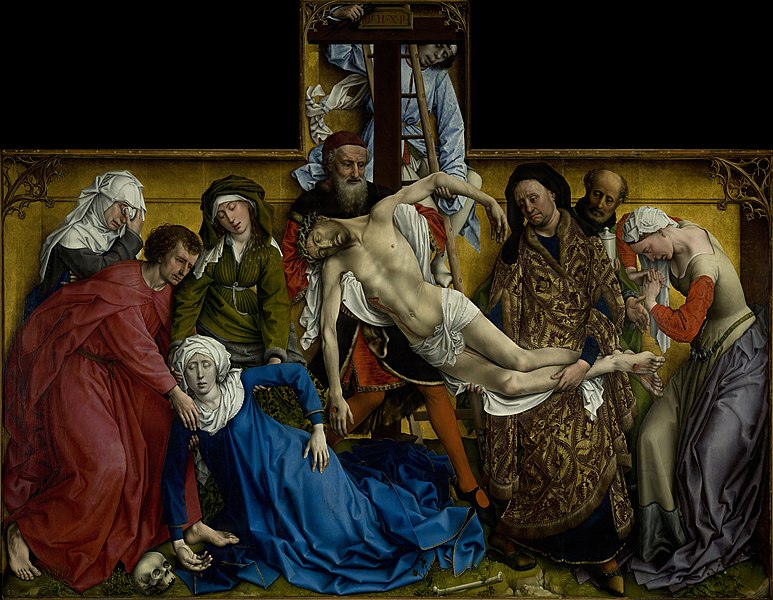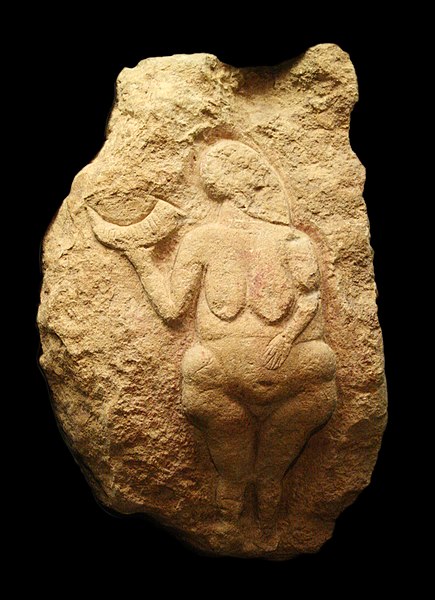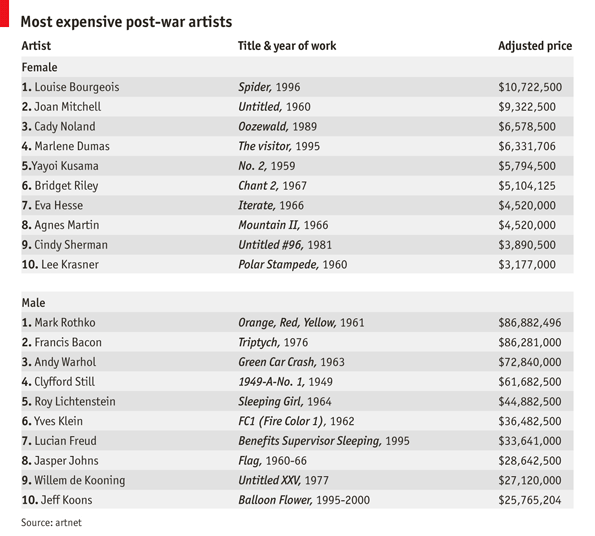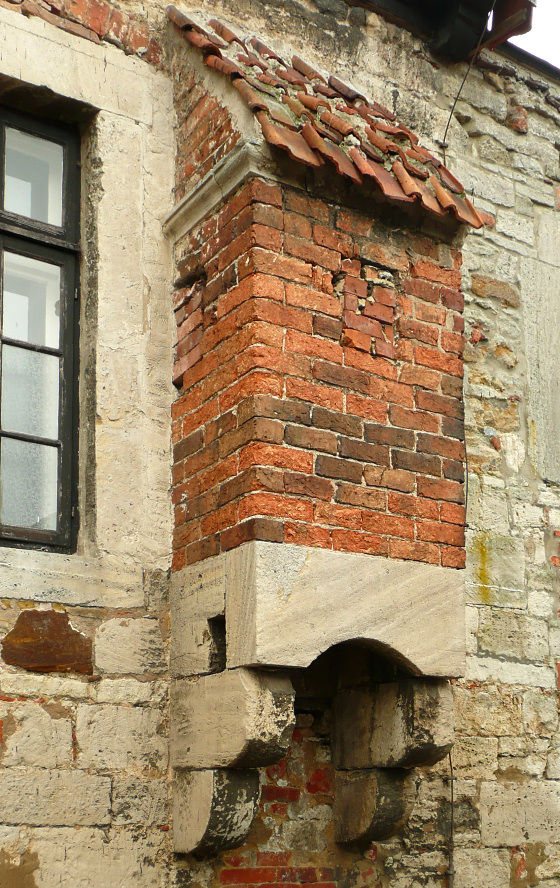 |
|
The Descent from the Cross (c. 1435), by Rogier van der Weyden. The majority of his work was probably destroyed; we can only guess at its extent.
|
I recently wroteabout the destruction of Egyptian antiquities during their recent political revolutions. This is by no means the only targeting of antiquities in the current Muslim insurgency. The demolition of the Buddhas of Bamiyan by the Taliban in 2001 is the most memorable example, but Hindu sites across Asia have also been targeted.
Iconoclasm—the deliberate destruction or mutilation of religious art and symbols for politico-religious motives—has a long and broad history. Sometimes this occurs to oppress a disfavored religion or ideology, and sometimes it occurs to purify a movement from within.
 |
| English Altarpiece (c. 14th century) destroyed during the Dissolution. |
The Protestant Reformation, in particular, showed marked hostility to graven images—at least until it could replace the preceding genre with its own. As a fan of Rogier van der Weyden, Jan van Eyck, Robert Campin and other Early Netherlandish Painters, I’ve often wondered about the destroyed altarpieces of northern Europe. There were certainly masterworks we will never know about; were there great painters also lost to history forever?
Bildersturm (or Beeldenstorm, if you’re Dutch) was a series of violent outbreaks against religious icons during the 16th century. In France, these took the form of unofficial attacks by Huguenots that were resisted by the Catholic majority. In Germany and England, looting was organized by the government (after forcible conversion of the population). In the Low Countries, the religious revolution was closely tied with the political revolution that was the Eighty Years War.
|
Relief in the Cathedral of Saint Martin, Utrecht, damaged during 16th century spasm of Reformation iconoclasm.
|
Protestant leaders like Huldrych Zwingli and John Calvin actively suppressed religious imagery within churches under their control. Martin Luther was less dogmatic, allowing artists like Lucas Cranach to create Protestant altarpieces to replace the Catholic ones. (These Lutheran altarpieces, in turn, were subsequently threatened by a wave of Calvinism a few decades later.)
In the Lowlands, the furor touched off on August 10, 1566, when the chapel of the Sint-Laurensklooster in Steenvoorde (now in northern France) was looted. This touched off a wave of iconoclastic destruction that rapidly spread north. Within two weeks, the attacks had spread to Antwerp, Ghent and Amsterdam.
 |
|
Looting of the Churches of Lyon by the Calvinists 1562, by Antoine Caron.
|
In England, Henry VIII had already looted the rich monastic properties of their treasure, but it took the Civil War and the Commonwealth to finish the destruction of English medieval church art. Between the dissolution of the monasteries in 1535 and the restoration of Charles II in 1660, almost the entire treasury of pre-Reformation art in England was destroyed.
Let me know if you’re interested in painting with me in Maine in 2014 or Rochester at any time. Click here for more information on my Maine workshops!








.jpg/594px-Paintings_from_the_Chauvet_cave_(museum_replica).jpg)




















